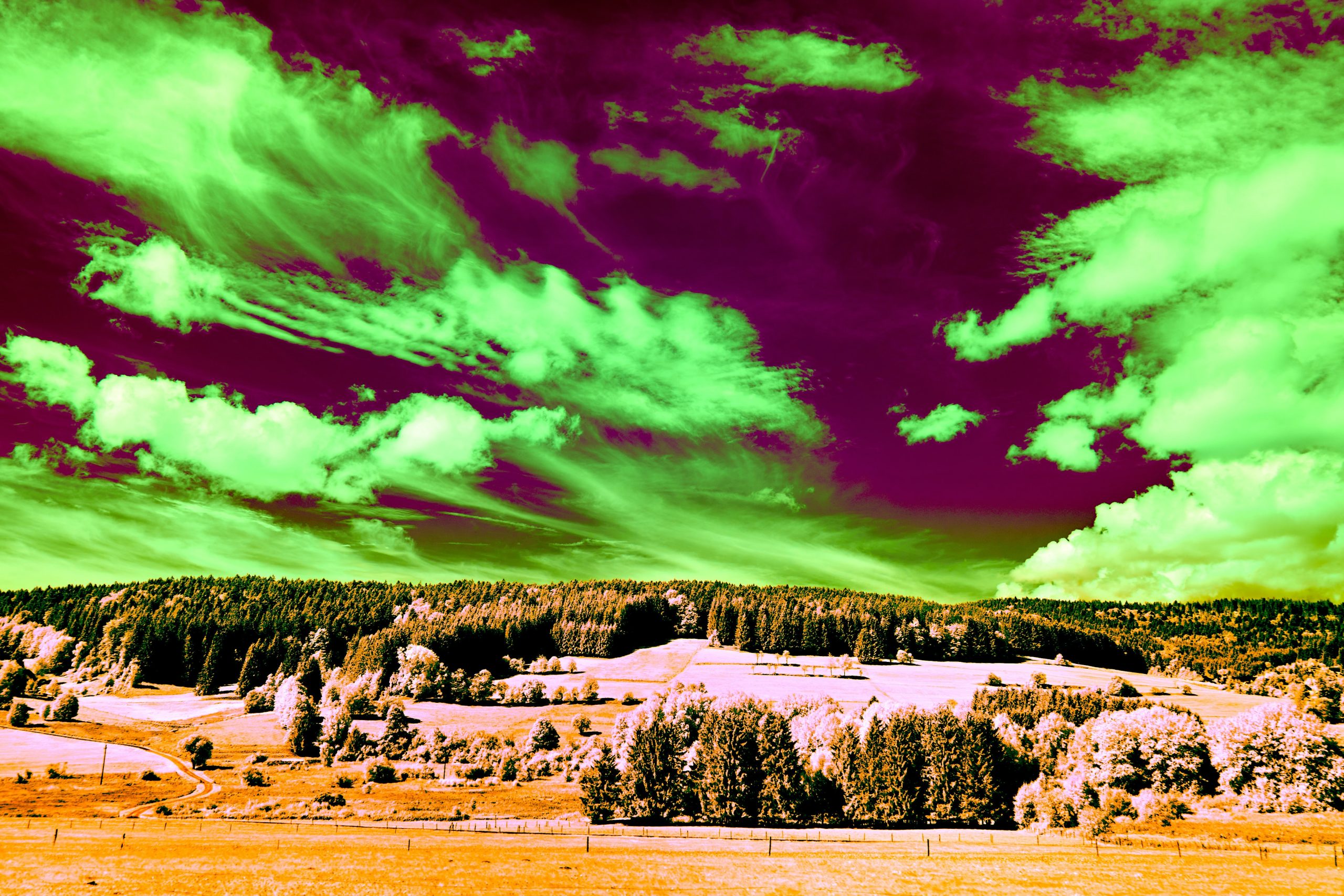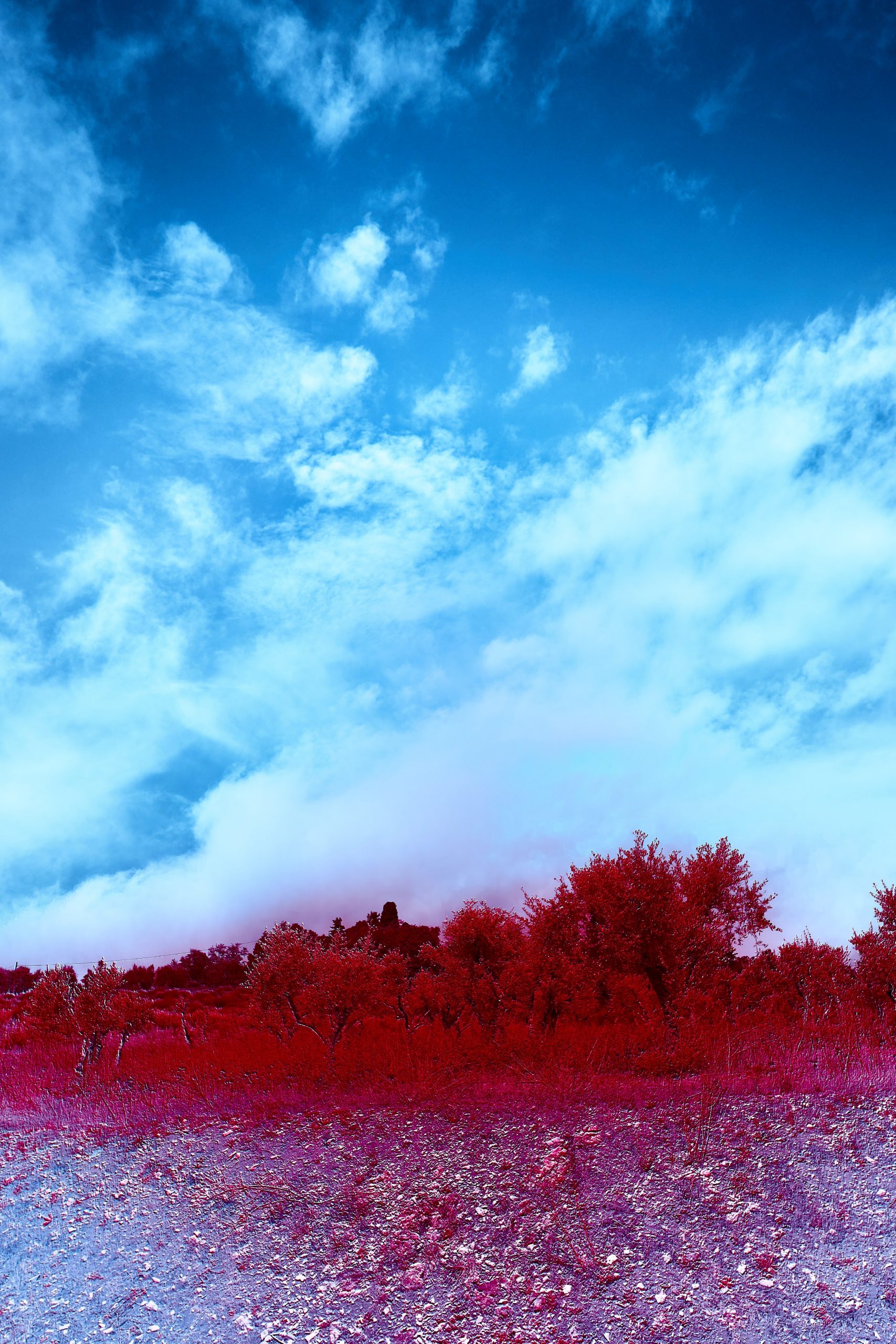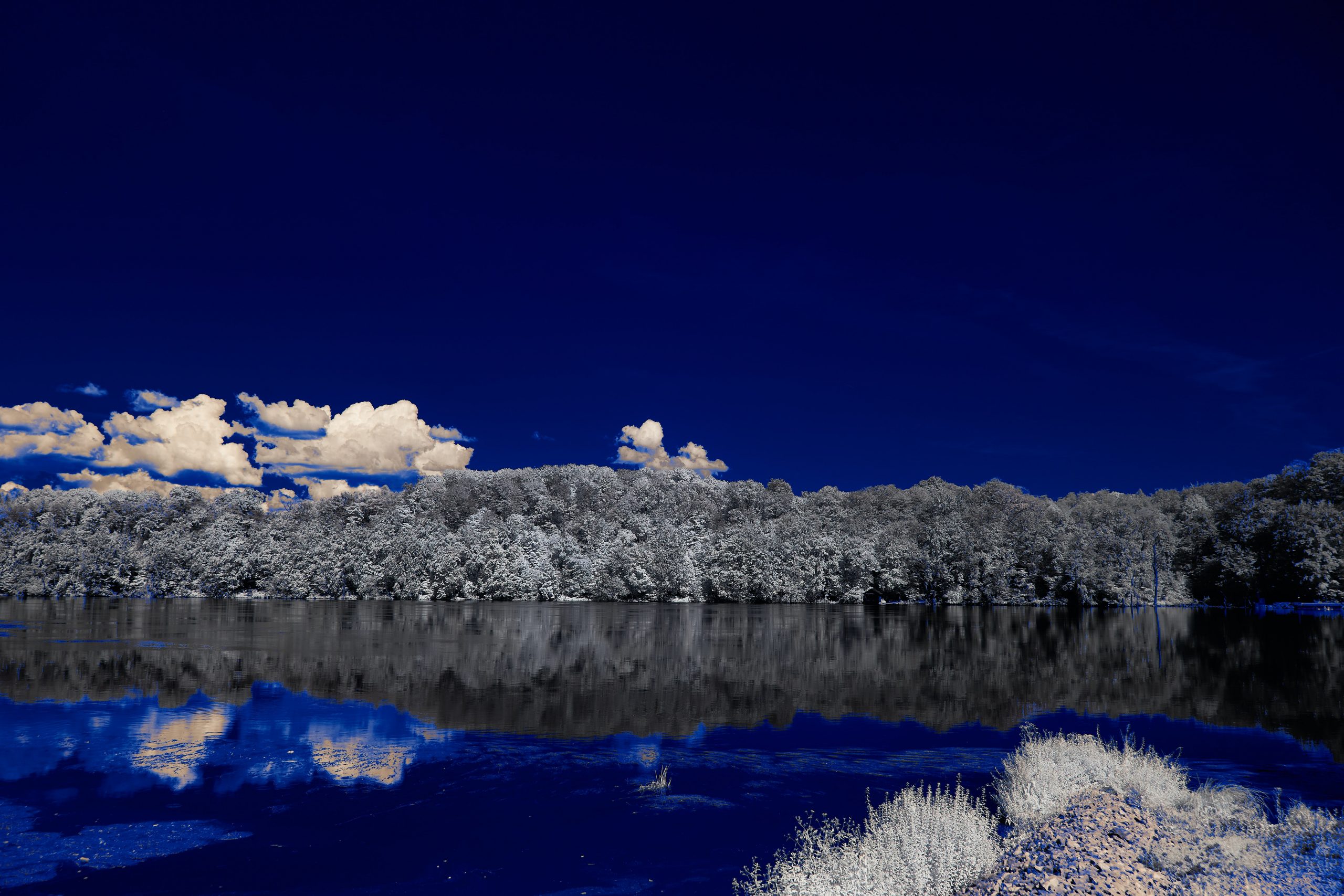
Where is indigenous youth in international conservation regimes? We don’t know, because key international agreements pay no respect to the deeds of the future generations of indigenous peoples.
Introduction
The arena of international law is dominated by nation states. States that make decisions on behalf of their peoples, states that cooperate, states that are in conflict, states here, states there. This idea is based on the Westphalian notion of nations with fixed borders that consist of one people and one culture.
Nor surprisingly, reality is a little more complex. Obviously, there is not just one people within the confines of a nation state. All around the world there have been nations – in lieu of a better term – prior to the ‘modern’ nation state, particularly indigenous peoples (1), who have finally found their recognition as distinct peoples in the 2007 UN Declaration on the Rights of Indigenous Peoples (UNDRIP).
While this recognition has indeed occurred, it is nevertheless still nation states that make the decision on behalf of their peoples. This also accounts for a branch of international law, which has been coined international conservation law. This branch deals with the conservation of species and the natural environment. From rather early on, species protection lay at the heart of international environmental law. Not in order to protect the species for its own sake, but to protect them in order to be able to exploit them further. A key convention in this regard is the International Convention for the Regulation of Whaling (ICRW) from 1946, based on which the International Whaling Commission (IWC) was founded.

Over the course of time, however, the discourse of species protection and Westphalian decision-making has paradigmatically shifted. While at first single species and their level of exploitation were considered, it is now multifaceted threats that impact entire ecosystems, all of which need to be considered when making environmental decisions. In order to do so, also different stakeholders have to be taken into consideration. The 1992 Convention on Biological Diversity (CBD) is elementary in this regard as it considers the knowledge of indigenous and local communities as an important conservation factor. Furthermore, the principle of ‘sustainable development’ was embedded in the CBD, which, as the term implies, holds a significant future-oriented dimension.
In our research we were looking at this future-dimension in regard to indigenous peoples. We asked the question: how are indigenous youth considered within international conservation law? Are there differences between conservation regimes and if so, have they, in the end, developed in similar directions through institutional evolution?
The regimes under scrutiny and our methodology
In order to find answers to these questions we looked at five regimes that can be considered under the moniker international conservation law: aforementioned ICRW from 1946; the World Heritage Convention (WHC) from 1972; the Convention on International Trade in Endangered Species of Wild Fauna and Flora (CITES) from 1973; the Convention on Conservation of Migratory Species of Wild Animals (CMS) from 1979; and aforementioned CBD from 1992.
We looked at the agreements text themselves as well as considered institutional changes that would take into account the voices and needs of indigenous youth. But mostly we relied on the documentation of the regular gatherings of the parties to these agreements, the so-called conferences of the parties (CoPs) or general assemblies. In addition, we conducted written and verbal interviews with key informants in international conservation law.
Our findings
The regimes that we scrutinised altogether do not have mechanisms or bodies in place that consider and recognise indigenous youth as unique and distinct stakeholders. We can even go further and state that youth are not considered by any of the regimes. Indigenous youth appear merely within wider contexts of indigeneity and community.
Promising developments
The World Heritage Convention (WHC) is a rather old regime that holds some promises for indigenous youth. The World Heritage Youth Forum (WHYF) was established in 1995 to present its findings, conclusions or recommendations to the World Heritage Committee. This forum has spawned several regional sub-fora while in 1998 a World Heritage in Young Hands Educational Resource Kit was developed. Since 2017 an International Indigenous Peoples’ Forum on World Heritage (IIPFWH). This forum supports the state parties in identifying, conserving and managing World Heritage properties. All in all, the WHC incorporates a large number of indigenous initiatives while indigenous peoples closely collaborate with contracting governments as well as non-governmental organisations in the context of world heritage.

The Convention on Migratory Species (CMS) recognises traditional subsistence users in the convention text. All in all, indigenous concerns range rather high on the CMS agenda since they form a steady discourse in the CoPs. While that is so, no working group or other institutional body exists that enables indigenous peoples or youth to participate in decision-making. In fact, the reports of the CoPs don’t reflect any mention of youth up until CoP13 in 2020 when the European Union called for further exploration of options to engage indigenous peoples, youth and local communities in the CMS. Given the vague wording, this cannot be considered a call for action, but rather a call for consideration of said groups. While this indeed comes rather late, it is nevertheless a step in the right direction.
The Convention on Biological Diversity (CBD) is somewhat different in the context of the regimes under scrutiny for it being a framework convention – meaning that it sets standards rather than having a managerial scope – it is also the regime which is most progressive. Two separate agreements have thus far been concluded under the CBD’s umbrella both of which directly concern the rights of indigenous peoples within protective measures of biodiversity (the Cartagena Protocol on Biosafety in 2000 and the Nagoya Protocol on Access and Benefit-sharing in 2010). Moreover, in 2004 the so-called Akwé:Kon Guidelines on environmental and social impact assessments and in 2011 the ethical code to ensure respect for indigenous and local knowledge were adopted, both of which call for the inclusion of indigenous youth. In the latter, youth are seen as “paramount in the process of cultural dissemination, which depends upon intergenerational trans- fer of knowledge, innovations and practice” (CBD, 2011, p. 13). The process of establishing clear-cut mechanisms for the recognition of indigenous youth appear to be well on the way as a discussion paper on the post-2020 biodiversity framework from 2019 shows. Here, youth organisations are to be consulted and included in further developing the post-2020 biodiversity framework.
Not so promising developments
Even though WHC and the CMS are rather old conventions, they have aimed to accommodate the changing discourse by making voices other than those of states heard. The developments under the oldest of the conventions under scrutiny, the International Convention for the Regulation of Whaling (ICRW) are different. While from the outset there has been a category of whaling called ‘Aboriginal Subsistence Whaling’ (ASW) – apart from commercial and scientific whaling – there is no response to local communities needs, a more ecosystem-based management approach or youth. Particularly concerning the latter, it is possible that, given the discourse on whales and whaling, indigenous youth are not to be encouraged to make further use of whales in the future. While ASW is legal and discursively recognised, there is still emotional resistance against ASW from many states. In this sense, it appears reasonable to assume that by and large it is in the interest of anti-whaling states to phase out whaling altogether. At the same time, whaling proponents also have an interest of not including youth: they represent a very outspoken and loud voice against whaling. If youth were to be present, the anti-whaling front would be even stronger as it is now.

A similar reasoning can be applied to the Convention on International Trade in Endangered Species (CITES). Especially as regards charismatic species such as whales and elephants, CITES is facing similar ‘camp-based’ problems as the ICRW. There have been different attempts to include the voices of local communities, but these have thus far by and large failed due to procedural issues. While youth organisations are present at the CoPs, they are not part of the decision-making process as their only way to engage with the decision-makers is through the role as observers and their associated right to voice their opinion. A strategic mechanism to have youth or indigenous organisations advise parties is absent.
A brief conclusion
In our research we have demonstrated by scrutinising five conservation regimes that international conservation law is a long way from strategically involving indigenous youth. While, by and large, there is a recognition of indigenous peoples, the discourse in indigenous youth is not very well established. This is rather surprising as the entire principle of sustainable development hinges upon the longevity of natural resources and an unspoiled environment. In order to deal with potential future challenges, it is imperative to include future decision-makers from an early stage. Since indigenous knowledge is considered an important asset in conservation, especially the recognition of indigenous youth should be a priority for international conservation regimes.
Nikolas Sellheim & Otava Ojanperä
Nikolas Sellheim worked as a post-doc researcher in the ALL-YOUTH project from April to December 2020. He is also co-Editor-in-Chief of Polar Record at the Scott Polar Research Institute, University of Cambridge. He’s very much into whales and everything related to international conservation law.
Otava Ojanperä worked as a research assistant for the ALL YOUTH -project from June to December 2020. She studies in the Master’s Programme in Politics, Media and Communication at the University of Helsinki.
Notes:
(1) There is no internationally accepted definition of indigenous peoples, but in common parlance indigenous peoples are those that were at a given locality prior to them being colonised by expansionist empires or countries.